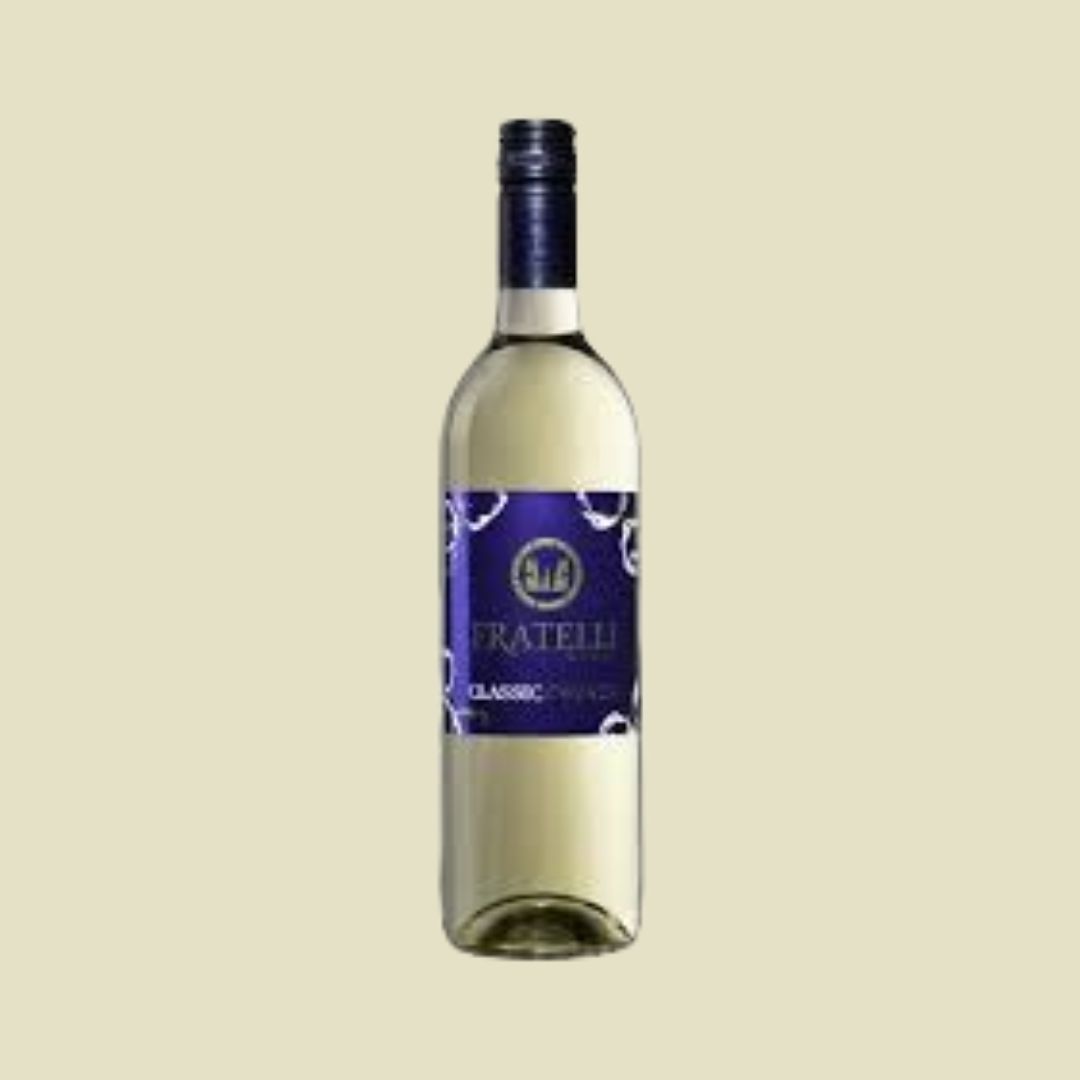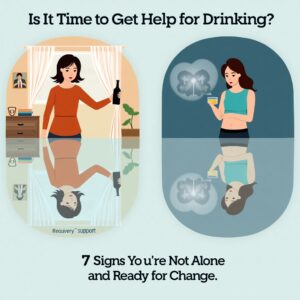🥂 White Wine Alcohol Percentage Guide: From Light & Crisp to Bold & Buttery
White wine has long been cherished for its refreshing taste, vibrant acidity, and versatility. Whether you’re sipping a chilled glass on a sunny patio or pairing it with seafood for dinner, one question often goes unasked: “How strong is white wine?”
In this guide, we’ll explore the alcohol percentage in white wine, what affects it, and how popular white wines stack up — from light Moscatos to full-bodied Chardonnays.
🍷 What’s the Typical Alcohol Percentage in White Wine?
The alcohol by volume (ABV) of white wine usually ranges between 9% and 14%, although a few styles fall just outside that spectrum. Most white wines sit comfortably between 10% and 13% ABV, making them lighter in alcohol than most red wines and fortified wines.
Your wine’s alcohol level can subtly — or significantly — influence its taste, body, and food-pairing potential.
⚖️ How Alcohol Affects White Wine Flavor
White wines with lower ABV (under 11%) tend to be:
Light-bodied
Sweeter or fruitier
Easier on the palate
Meanwhile, higher ABV white wines (13% or more) often taste:
Richer or more full-bodied
Drier
More warming on the finish
Alcohol contributes to the “mouthfeel” and weight of the wine. For example, a 14% Viognier will feel round and lush, while an 8.5% Riesling will be light, crisp, and refreshing.
🏷️ Alcohol Percentages of Popular White Wines (Complete Chart)
Let’s break down some of the most beloved white wine varietals by their typical ABV:
White Wine Variety Typical ABV Range Chardonnay ~13.5% Sauvignon Blanc ~12.5% Riesling 8.5% – 13% Pinot Grigio/Gris 12% – 13% Moscato 5% – 7% (up to 11%) Gewürztraminer 11% – 14% Chenin Blanc 11.5% – 13.5% Viognier 13.5% – 14.5% Grüner Veltliner 12% – 13.5% Albariño/Alvarinho 11.5% – 13.5% Semillon 11% – 13.5% Verdicchio 12% – 13.5% Torrontés 12% – 13.5% Marsanne 12% – 14% Roussanne 13% – 14.5% Pinot Blanc 11.5% – 13.5% Muscadet 11% – 12.5% Soave 11% – 12.5% Viura/Macabeo 11% – 13.5% Garganega 11.5% – 13.5% 🌍 What Affects the Alcohol Content in White Wine?
Several factors can influence how strong your white wine is:
1. Grape Variety
Some grapes naturally have more sugar, which leads to more alcohol during fermentation. For example:
Viognier and Chardonnay → higher sugar → higher ABV
Moscato → lower sugar and often stopped fermentation → lower ABV
2. Climate & Region
Warmer regions like California, South Africa, or Australia yield riper grapes → higher ABV.
Cooler climates like Germany, New Zealand, or northern France produce lighter, lower-ABV wines.
3. Winemaking Style
Winemakers can control fermentation length and temperature:
Longer fermentation = more sugar converted to alcohol
Fortification or stopping fermentation early can lower or raise ABV
4. Sweetness Level
Contrary to popular belief, sweeter wines often have lower alcohol, because fermentation is halted before all the sugar turns to alcohol (e.g., Moscato or sweet Riesling).
🥂 White Wines by Occasion and Alcohol Strength
Here’s how to match your wine strength with the mood:
🍑 Low ABV (9% and below)
Best For: Brunch, casual sipping, sweet tooth moments
Try: Moscato, low-alcohol Riesling
Feels Like: Fruity, fizzy, fun
🍋 Medium ABV (10–12.5%)
Best For: Picnics, appetizers, seafood
Try: Sauvignon Blanc, Pinot Grigio, Soave
Feels Like: Crisp, zesty, food-friendly
🧈 Higher ABV (13–14.5%)
Best For: Creamy pasta, roasted chicken, cheese plates
Try: Chardonnay, Viognier, Marsanne
Feels Like: Bold, buttery, rich
📦 White Wine Bottle Sizes & ABV Consideration
Most white wines are available in:
Standard (750ml) – classic dinner size
Miniatures (187ml) – for tasting or flights
Magnums (1.5L) – perfect for parties or storing
Remember: The ABV remains the same regardless of bottle size — it’s the same wine, just more (or less) of it.
📌 Popular Brands and Their Typical White Wine ABV
Here are a few well-known white wine labels and their general alcohol content:
Brand Wine Type Approx. ABV Kendall-Jackson Chardonnay 13.5% Kim Crawford Sauvignon Blanc 13% Cavit Pinot Grigio 12% Chateau Ste. Michelle Riesling 12% Barefoot Moscato 5.5% La Crema Chardonnay 14% Nobilo Sauvignon Blanc 12.5% Cupcake Vineyards Pinot Grigio 12.5% Beringer White Zinfandel Rosé-style, lower ABV ~9% 🛑 Is Higher Alcohol in White Wine Always Better?
Not necessarily. Higher alcohol can mean:
More intense flavors
Fuller body
But it can also:
Overpower delicate dishes
Add a warming effect that’s not always desirable
The “best” ABV depends on your taste, the food you’re pairing, and even the weather (lighter wines are great for summer!).
🧠 Quick Tips for Choosing White Wine by ABV
✅ For a light lunch or afternoon sip: Go for a crisp Pinot Grigio or Moscato.
✅ For dinner with creamy pasta: A richer Chardonnay or Viognier will shine.
✅ Hosting a party or brunch: Offer a range — maybe a low-alcohol Riesling and a medium-bodied Sauvignon Blanc.
✅ Want something refreshing but not too strong? Stick between 10.5–12.5% ABV.
🎯 Final Sip: Why White Wine Alcohol Percentage Matters
Understanding white wine alcohol percentage helps you:
Choose wines suited to the time of day or event
Match your wine better with food
Find your personal taste preference
Whether you’re sipping a sweet Moscato or a bold Viognier, now you know exactly what you’re drinking — and how it might hit. 🍷
So go ahead, explore the world of white wines, one percentage at a time. Cheers to your next glass!







